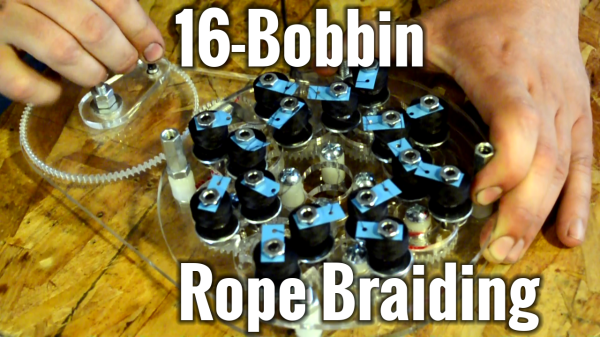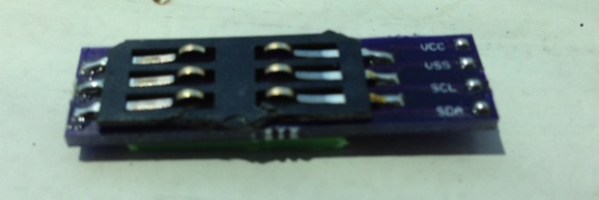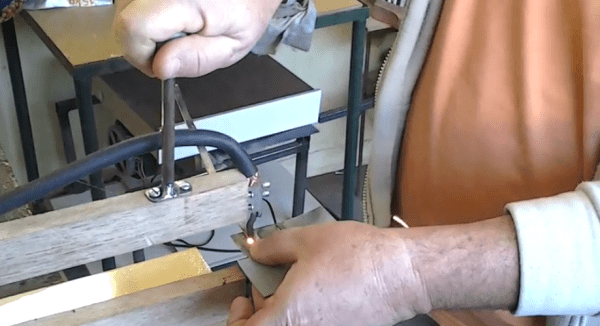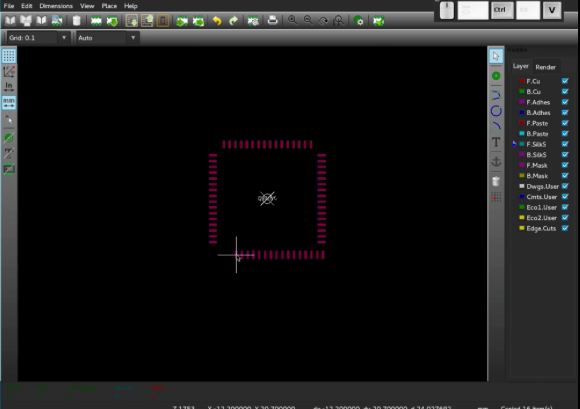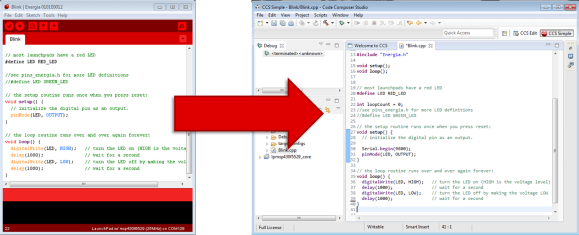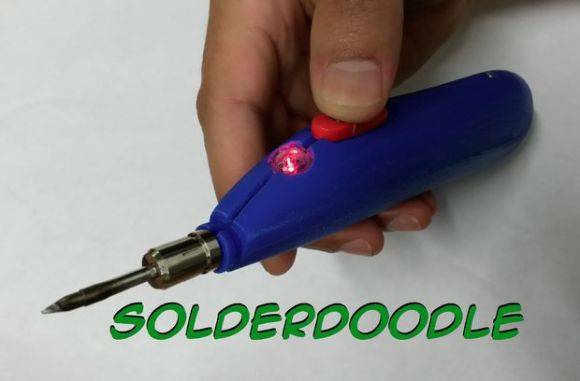When the Red Bull Creation build days were past, [David] pulled us aside and asked if we wanted to see the mechanical hack he’s been working on. He built this rope braiding machine, which uses 16 bobbins, with help from his brother [Jed].
Ideas for projects always come from funny places. [David] came up with this one after finding a rope braiding machine at Ax-man Surplus. This outlet, located in the Twin Cities (Minneapolis/St. Paul, Minnesota) has been the origin for innumerable hacks. Just one that comes to mind is this electric scooter project from the ’90s.
[David] wanted to understand how the mechanism, which divides the bobbins up into groups of orbiting spools, actually works. It’s both mesmerizing and quite tough to visualize how it works without really getting in there and looking at the gearing. Thankfully you can do just that if he follows through with his plan to turn this into a kit.
In case you don’t recognize him, [David] was on the 1.21 Jigawatt’s team during this year’s Creation. We’ve also seen a couple of hacks from him in the past like this half-tone drum printer, and this bicycle frame welding jig.

